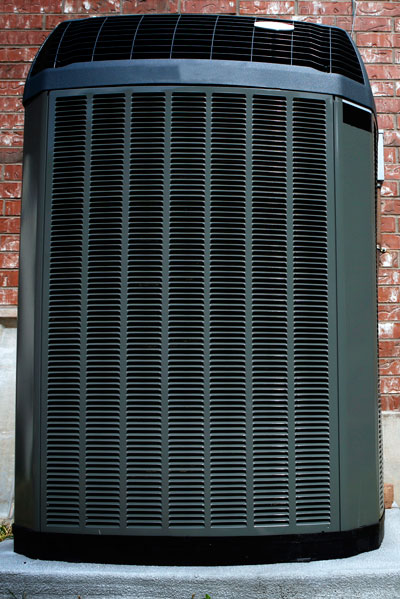Determining the correct size of residential heating and cooling equipment is key to achieving comfortable interior conditions – temperature and humidity – and saving on initial and operating costs. The size of cooling systems is particularly critical for optimal energy efficiency and comfort. When equipment is oversized, initial costs are higher, efficiency is reduced, energy costs increase and comfort may be compromised. One Florida study showed a typical 9 percent usage for units that were oversized by 50 percent or more.
Correctly sized equipment is especially important in humid climates, where short cycling of air conditioning equipment can lead to poor humidity control. Similar to an automobile in stop-and-go-traffic, the overall efficiency of an air conditioner, furnace, or heat pump is reduced by excessive cycling. More starts and stops accelerate wear and tear on the equipment.
Oversized systems also use more fan power for the blower and often exhibit more duct leakage due to high operating duct pressure. Finally, oversized air conditioners and heat pumps greatly aggravate the summer utility peak demand on hot days, In the Florida study cited above, a 13 percent higher summer peak electrical demand was correlated to oversized units.
Use The Best Guide
Beware of casual sizing estimates based on home floor area or contractor “experience.” The residential equipment sizing procedures recommended for use in the United States are found in Manual J, produced buy the Air Conditioning Contractors Association of America (ACCA). Computer programs are available to simplify the load calculations specified by Manual J. Once the heating and cooling loads are known, we can then select compatible equipment.
Unfortunately, ACCA approved sizing methods are often not used and oversizing is very common. In one large-scale survey, nearly 40 percent of contractors indicated that they purposefully over-sized equipment, citing reasons such as “to reduce call backs”, “to allow for future expansion”, or “customers demanded it”. Those contractors who claimed to size in accordance with Manual J were heavily out-numbered by those who did not.
Sizing And Efficiency Go Hand In Hand
Manual J procedures determine the design and heating and cooling loads based on the amount of wall, ceiling, window and floor area, their insulation value, and the building envelope and duct leakage. Building orientation, roof surface color and occupancy can also make a difference. The sizing calculations for new construction should take into account the various efficiency measures incorporated in the home. As a home’s efficiency is improved, the recommended size of the HVAC system should be reduced.
How To Determine “Just The Right Size”
- Insist that documented sizing calculations be performed on your home using the ACCA Manual J procedure. ACCA methods have sufficient built-in safety factors to accommodate most air conditioning needs. Therefore, it is important to follow all instructions in Manual J using precise area measurements and other specific data.
- Be aware that exaggerating temperatures for indoor heating and cooling set points can have large impacts on required equipment sizing. Generally, Manual J recommends 75 degrees for cooling and 70 degrees for heating.
- Select a programmable thermostat so that your home can be conditioned before you arrive, thus avoiding the temptation to over-size equipment for rapid cool-downs or warm-ups. This will improve sizing-related performance and potentially save energy associated with more reliable thermostats.
- Select variable speed air handlers to gain important advantages for both hot, humid and hot, dry climates. In humid climates, many variable speed systems “ramp up” blowers slowly, providing energy savings and improved dehumidification.
Excerpted From The Department of Energy



